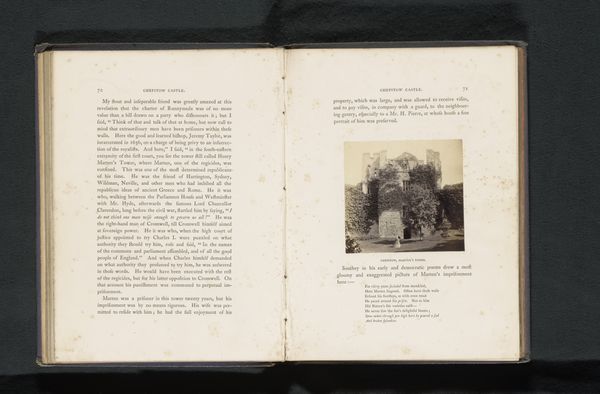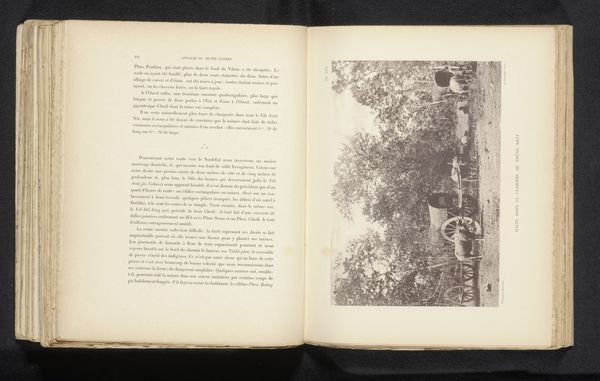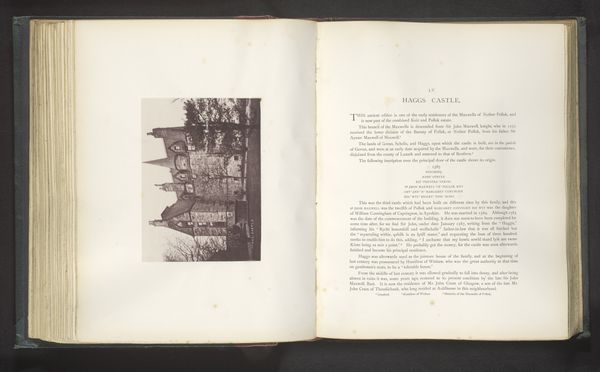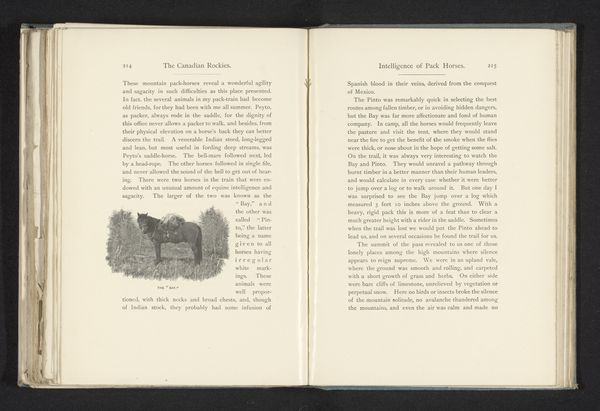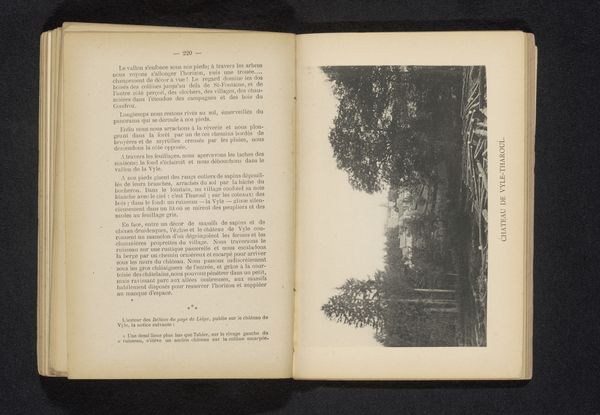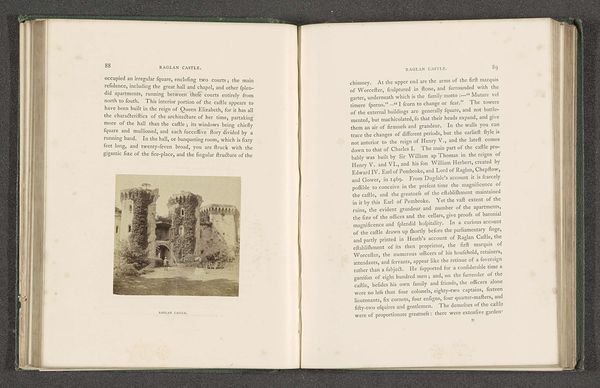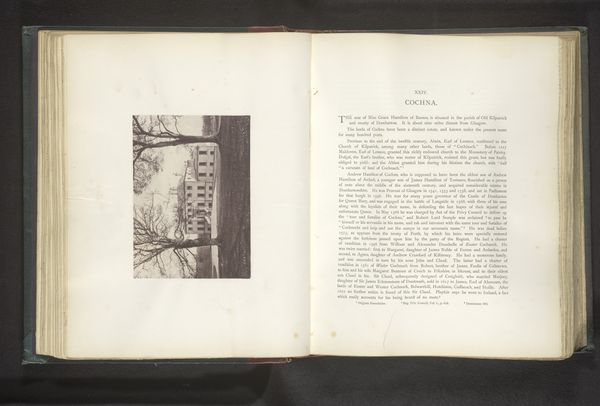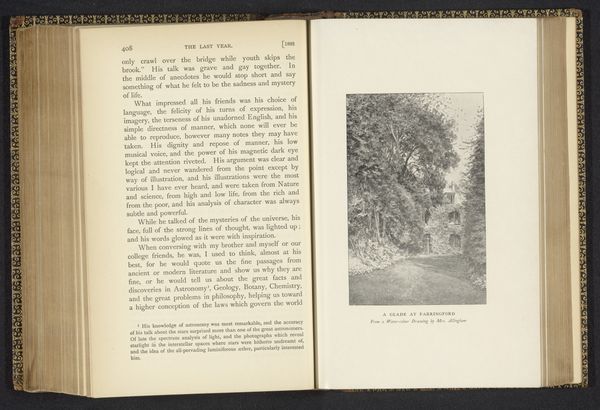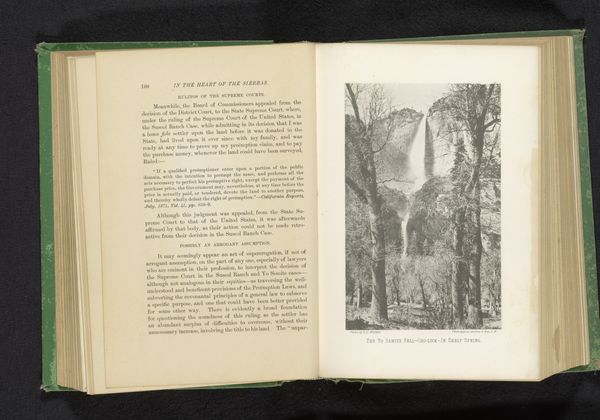
Dimensions: height 85 mm, width 85 mm
Copyright: Rijks Museum: Open Domain
Curator: This is Francis Bedford's "Ruïne van Goodrich Castle," likely from before 1862, captured as an albumen print. It's a powerful, evocative image. Editor: It has such a haunting quality. The way the light falls on the crumbling stonework creates a strong sense of decay and the passage of time. Is it staged to be so gothic, romantic, or sad? Curator: Bedford was part of a wave of photographers who documented Britain’s architectural heritage. This image taps into Victorian interests in medievalism and the romantic allure of ruins. The image itself and ruin are signifiers of time passing, but that isn't without socio-economic meaning; ruins indicate political shifts in power. The move from monarchy to democracy resulted in aristocratic families losing power, their houses being deserted, repurposed, or left in their ruined state. This ruin presents that story and symbol to the viewers. Editor: I see what you mean about political power through the perspective of Romanticism in this landscape. Speaking purely visually, Bedford uses a muted palette, focusing on tonal variations within the grey-brown spectrum to emphasize texture. Notice how the foliage surrounding the ruin softens the harsh lines of the stone? Curator: It also represents ideas around how humanity connects to the land. The castle, once a symbol of authority, is being overtaken by nature; the political symbol being returned to nature could signal some moral messaging by the artist. And Bedford wasn't simply documenting; he was consciously framing these spaces in ways that spoke to contemporary social and political anxieties about industrialization and loss. Editor: Right. But observe the balance, too. The composition directs the eye to the central arched doorway, creating a focal point. It has vertical towers bookending it on either side which are being strangled and held in place by horizontal rows of stone work. It seems to work like an implied grid holding together the overall picture. It’s technically skillful, no doubt. Curator: By showing it as an aging building now being subsumed by nature, Bedford is really touching on much broader issues of nationalism, identity, and history. What is Britain if her symbols crumble into themselves? The slow progression into nothing must signal great anxieties for viewers of this work. Editor: Perhaps so! Though personally, I'm struck by how Bedford transformed this ruin into a visually arresting subject—full of evocative detail and strong compositions. The artistry is impossible to deny! Curator: Absolutely, it serves as an image that creates powerful feelings. By analyzing those formal choices together with contextual evidence we come to know the social and political power this landscape commands.
Comments
No comments
Be the first to comment and join the conversation on the ultimate creative platform.
